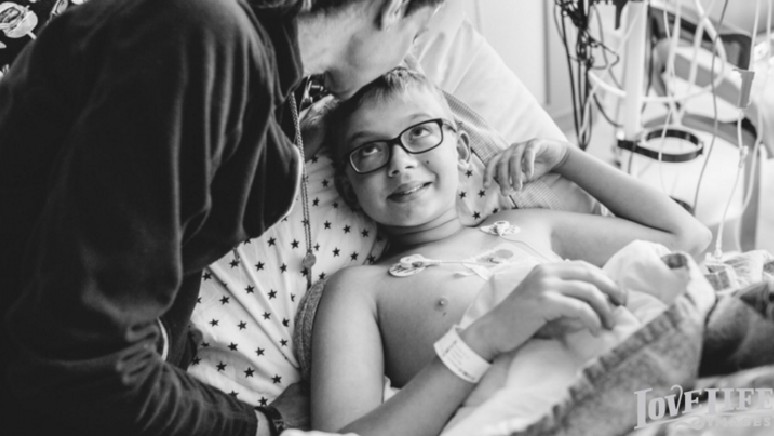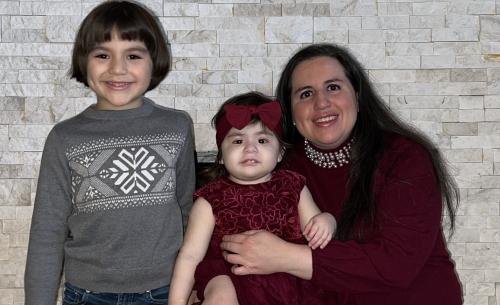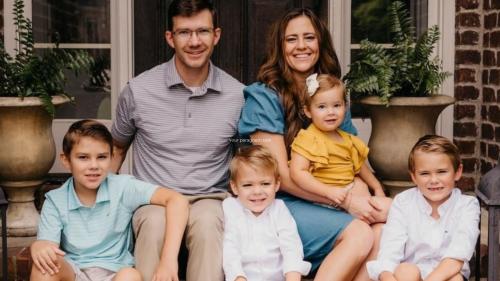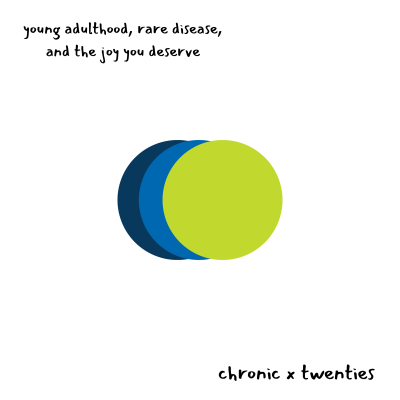
-
Understanding primary immunodeficiency (PI)

Understanding PI
The more you understand about primary immunodeficiency (PI), the better you can live with the disease or support others in your life with PI. Learn more about PI, including the various diagnoses and treatment options.
-
Living with PI
-
Addressing mental health
-
Explaining your diagnosis
- General care
- Get support
- For parents and guardians
-
Managing workplace issues
- Navigating insurance
-
Traveling safely

Living with PI
Living with primary immunodeficiency (PI) can be challenging, but you’re not alone—many people with PI lead full and active lives. With the right support and resources, you can, too.
-
Addressing mental health
-
Get involved

Get involved
Be a hero for those with PI. Change lives by promoting primary immunodeficiency (PI) awareness and taking action in your community through advocacy, donating, volunteering, or fundraising.
-
Advancing research and clinical care
-
Grants
-
IDF surveys
-
Participating in clinical trials
-
Diagnosing PI
-
Consulting immunologist
-
Clinician education

Advancing research and clinical care
Whether you’re a clinician, researcher, or an individual with primary immunodeficiency (PI), IDF has resources to help you advance the field. Get details on surveys, grants, and clinical trials.
-
Grants

Marty Cowan, of Fulton, Maryland, describes her son Clayton’s transplant in a way that one does not often hear.
“Nobody wants this for their child, but I am so thankful for all of it,” said Marty. “It has shaped me into a better person. I had more life lessons thrown at me than ever before, and those are always a gift.”
Indeed, their family’s transplant story is unusually positive and upbeat, and a lot of reasons for that can be traced back to Marty herself. A practicing vegan and yoga enthusiast, Marty even successfully completed a yoga training course during her son’s transplant, earning her certification to become a yoga instructor.
“I knew it was going to be hard, and I knew that yoga was a huge part of my life,” said Marty. “I had a sense that it would benefit me in terms of how I could care for myself and my son during this process.”
Marty said the practice of yoga enabled her to find joy in the moment, no matter what it was.
“During transplant, no one takes care of the parents, and we have to find a way to take care of ourselves,” said Marty. “I would do yoga in Clayton’s hospital room, and I would grab the other moms whose children were undergoing transplants, and we’d do yoga in the hallways.”
If Marty sounds like she was mentally prepared for her son’s bone marrow transplant, it is because she was. She and her husband, John, had had 10 years to get ready.
It all began when Clayton was two and a half, and he developed a prolonged fever that ran as high as 103 and 104 degrees.
When he wasn’t responding to standard treatment, his pediatrician recommended taking Clayton to their local hospital. However, the doctors there could not determine what was wrong either. Meanwhile, Clayton’s health was rapidly declining. Trying not to panic, Marty and her husband rushed him to Johns Hopkins Children’s Center, where a lung biopsy found that Burkholderia cepacia, a type of bacteria that patients with chronic granulomatous disease (CGD) cannot fight, had invaded his entire respiratory system.
Clayton was diagnosed with CGD, and Marty describes a harrowing period where doctors at Johns Hopkins spent three weeks trying to find the right medicines to treat him.
In less than 10 years later, Clayton, at age 12, was again admitted to Johns Hopkins Children’s Center for his bone marrow transplant in May 2015, and he was discharged in mid-July, said Marty.
Thankfully, Marty’s younger son, Graham, age 10, was a 9 out of 10 HLA match for Clayton, and he generously offered to donate his bone marrow to his big brother. As a result of Graham’s marrow, Clayton did well throughout the process.
While there were days that Marty describes as “just awful,” she was grateful for the tireless team of transplant nurses who kept her spirits up, reminding her that each “bad day” was bringing her closer to the good days. Sure enough, Clayton got better each day. Eventually, he was discharged, and after spending several weeks in an apartment they rented by the hospital, he was able to return home in August.
Clayton has been home-schooled since September, and he is looking forward to going back to his regular school in late January. He may even start playing baseball, his favorite sport, in the spring for a recreational league. Marty said it depends on his energy levels, which are understandably, much lower than his pre-transplant days. Either way, he’ll definitely be watching the Baltimore Orioles play. He's their biggest fan.
“One thing I’ve learned throughout this process is that his timeline is his timeline,” said Marty, confidently. “Clayton’s symptoms will be over when it’s time for them to be over.”
Related resources
Sign up for updates from IDF
Receive news and helpful resources to your cell phone or inbox. You can change or cancel your subscription at any time.





The Immune Deficiency Foundation improves the diagnosis, treatment, and quality of life for every person affected by primary immunodeficiency.
We foster a community that is connected, engaged, and empowered through advocacy, education, and research.
Combined Charity Campaign | CFC# 66309




